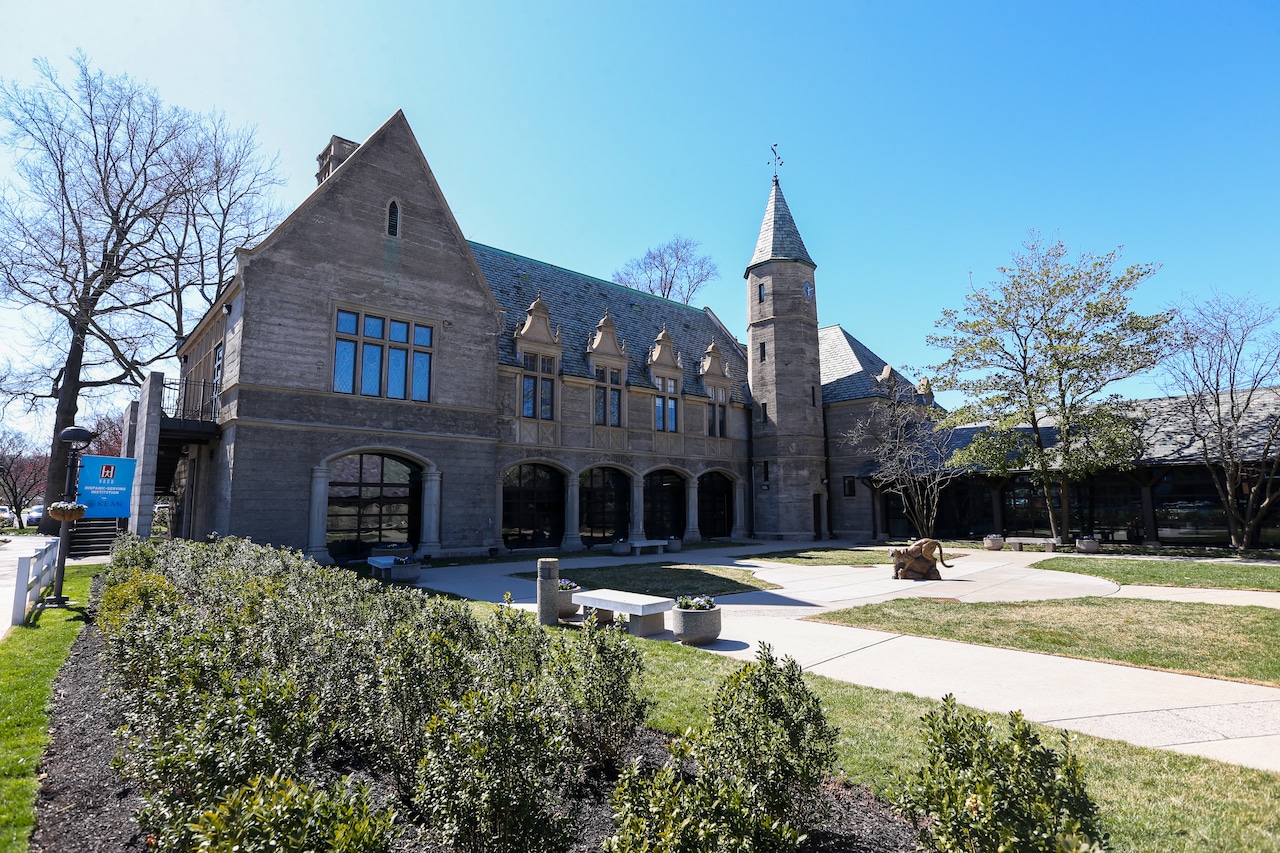
One of the largest public universities in New Jersey will officially slash the price of out-of-state tuition for students from around the world starting next year.
Kean University, located in Union, New Jersey, will apply in-state tuition rates to all undergraduate and graduate students from around the world — beginning in fall 2026, the board of trustees voted to approve this week.
The move eliminates the university’s out-of-state tuition rates for new and current students starting in the 2026-2027 school year. It is part of Kean’s mission to provide affordable, high-quality education, and it strengthens the college’s recruitment efforts.
“This decision reflects Kean’s role as a university on the rise,” said Kean University President Lamont O. Repollet. “We are extending our reach to students from across the country and around the globe, opening doors to transformative opportunities that will provide them with the knowledge and skills they need to thrive.”
The decision follows Kean’s announcement earlier this year to expand in-state tuition rates to undergraduate students from nearby states, including New York, Delaware, Pennsylvania, Maryland, Virginia, and Washington, D.C.
Currently, the annual in-state tuition and fees for full-time undergraduate students is $15,299.60 — which makes Kean the most affordable university in New Jersey.
Current annual in-state tuition and fees for full-time graduate students taking nine credits per semester is $18,351.72.
Tuition rates are established by the university’s board of trustees every year.
The new tuition rates will further strengthen Kean’s position in higher education — especially with the college’s pending merger with New Jersey City University, according to Michael Salvatore, executive vice president for academic and administrative operations at the university.
“Kean’s outstanding academics, proximity to New York City and growing research programs make the university appealing to students outside of New Jersey,” said Salvatore.
Kean has seen record growth in recent years with nearly 19,000 students enrolled worldwide in the fall 2025 semester — the largest student body in the university’s history.



